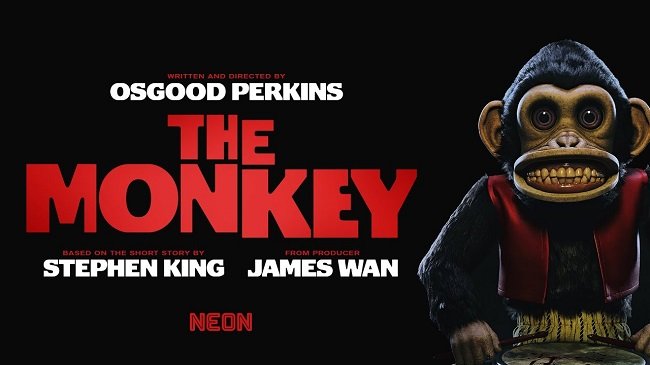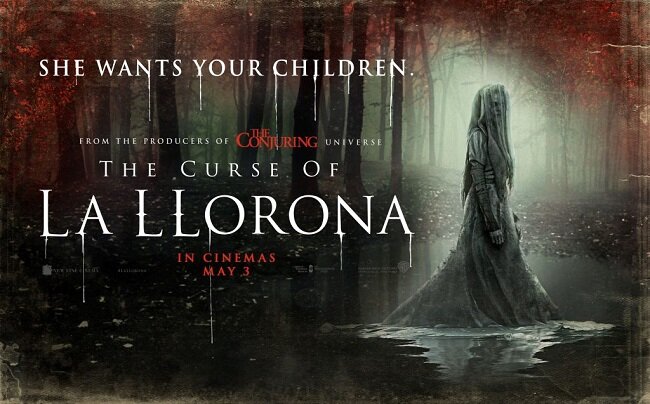Halloween III: Season of the Witch (1983)
Halloween III: Season of the Witch is a film that often provokes a strong reaction from genre fans. This is mainly due to it not having any direct connection to the previous two films. The absence of Michael Myers in such a franchise was a serious mistake and the subsequent poor box office returns endorsed this. Yet if this film had been released as a separate product it may not have performed so poorly. After re-examining Halloween III: Season of the Witch there are many aspects of interest. Despite a troubled production, the film is an intriguing anomaly that tried to be different during a decade where the established horror formula was “stalk n' slash”. It does have a very bleak tone and some consider it to be mean spirited as the cast are killed off one by one. Perhaps theme of child sacrifice caused audiences to balk?
A mysterious patient, Harry Grimbridge (Al Berry) is brought to hospital late at night, after being pursued by several besuited assassins. He is subsequently murdered in his bed and his assassin then kills himself. Dr. Dan Challis (Tom Atkins) is shocked by these events and struggles to comfort Ellie Grimbridge (Stacey Nelkin), the victims daughter who arrives at the hospital seeking answers about her father's death. The pair decide to investigate matters and the trail leads to the town of Santa Mira. Harry, who ran a toy shop, had travelled to the town to collect a shipment of Halloween masks from Silver Shamrock Novelties. On arrival Dan and Ellie find the town dominated by the presence of the Silver Shamrock company and its charismatic owner Conal Cochran (Dan O'Herlihy). Is Cochran connected to the death of Ellie's Father? Who are the mysterious mute assassins in grey suits that are pursue them?
John Carpenter, although only a producer on this film, was still heavily involved in the film’s development. Being a big fan of British writer Nigel Kneale, he commissioned him to write a screenplay. However the final draft did not find favour with financier Dino De Laurentiis, who insisted in the inclusion of more graphic death scenes to placate the target demographic. Kneale subsequently had his name removed from the credits but most of his original material remained in the redrafted screenplay, such as his re-occurring theme of reconciling science and witchcraft. It is paradoxical how Cochran uses contemporary technology to perpetrate an act of pagan sacrifice. The film also draws heavily on the 1956 genre classic Invasion of the Bodysnatchers, with its themes of humans being replaced by a sinister intelligence. The Silver Shamrock factory is set in the fictitious town of Santa Mira, which also features in Don Siegel's movie.
As for the scenes of violence, they are themselves quite unusual. Although gory to a degree, they are also a little surreal. Veteran make-up artist Tom Burman creates several bizarre deaths that reflect the odd nature of the plot. A man is murdered in his hospital bed by having his skull broken. Another has his head pulled off. But the most effective are those caused by the booby trapped Halloween masks. The demise of a particularly unpleasant small boy, involving cockroaches and snakes is both ghoulish and satisfying. The atmosphere and tone of the film is bolstered by an outstandingly minimalist score by John Carpenter and Alan Howarth. There is also an excellent faux commercial for Silver Shamrock masks which is both infuriating and an earworm.
The film also benefits from earnest performance from its main cast. Due to budgetary reasons the leads were character actors and not box office stars. Genre favourite Atkins acquits himself well as the world weary Doctor. But it is Dan O'Herlihy who excels as the sinister head of Silver Shamrock. His soft voice and measured delivery adds weight to the plot and the motives of a man who wishes to punish a nation through the death of it children. He delivers a singularly sinister monologue at the film’s denouement. Director Tommy Lee Wallace (who also directed Halloween II) maintains the tension and imbues the town of Santa Mira with a unsettling quality. He also handles the blending of pagan themes with modern technology well.
Despite its initial failure, over the recent years Halloween III: Season of the Witch has been re-appraised by critics and developed the inevitable cult following. It is seen as a social comment on consumerism and commercialisation. It also explores the roots of a Pagan festival that has now become an integral part of US culture. The bleak ending that was somewhat unpalatable 25 years ago, is now credible to a postmodern audience. John Carpenter was happy to lay Michael Meyers to rest permanently after Halloween II and wanted the subsequent films in the series to be wider in vision, dealing each time with a different supernatural theme. Such a bold idea was not endearing to the prevailing studio mentality of the time. Thus after the box office failure of Halloween III: Season of the Witch, the overall concept was side-lined and "the shape" subsequently resurrected in future sequels.




























